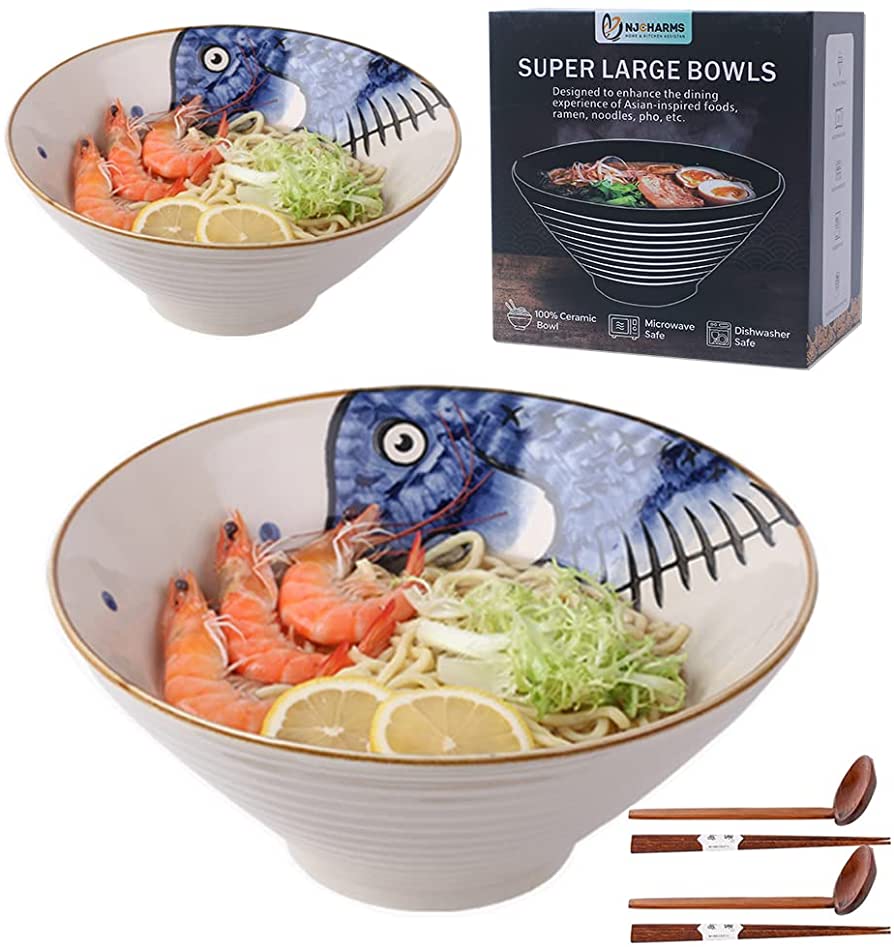Japanese ramen and Vietnamese pho are two of the most popular noodle dishes in Asia. Ramen has its origins in China, but evolved and adapted Japanese flavors, while pho was inspired by French-influenced soup called pot-au-feu and was adapted by incorporating Vietnamese spices and ingredients. Ramen noodles are made from wheat flour and have a firm and chewy texture, whereas pho noodles are made from rice flour and have a soft texture. Ramen broth is typically made from pork or chicken bones, while pho broth is made from beef bones and has a clear, aromatic flavor. Popular toppings for both dishes include pork or beef slices, vegetables, and herbs. Ultimately, the choice comes down to personal preference.
Japanese Ramen vs. Vietnamese Pho: A Noodle-Lover’s Ultimate Comparison
When it comes to noodle dishes, two of the most popular options in Asia are Japanese ramen and Vietnamese pho. Both dishes are delicious and satisfying, but they also have some notable differences. Here’s a breakdown of the key similarities and differences between these two beloved noodle dishes.
Origins
One of the most significant differences between Japanese ramen and Vietnamese pho is their origins. Ramen is a Japanese dish that is believed to have originated in China. Over time, the dish evolved and incorporated Japanese ingredients and flavors, resulting in the delicious and distinct ramen we know today. In contrast, pho is a Vietnamese dish that evolved from a French-influenced soup called pot-au-feu. The Vietnamese adapted this dish by incorporating their spices and ingredients, creating what we now know as pho.
Noodles
The noodles used in Japanese ramen and Vietnamese pho are also different. Ramen noodles are typically made with wheat flour, salt, and water. They are thin, straight, and curly and have a firm and chewy texture. In contrast, pho noodles are made with rice flour, water, and sometimes tapioca starch. They are wider and flatter than ramen noodles, and they have a more delicate and soft texture.
Broth
Another key difference between Japanese ramen and Vietnamese pho is the broth. Ramen broth is typically made from pork bones or chicken bones, as well as a variety of vegetables, spices, and soy sauce. It has a rich, savory, and slightly sweet flavor. Pho broth, on the other hand, is typically made from beef bones, as well as a blend of herbs and spices such as cinnamon, star anise, cloves, and cardamom. It has a clear, aromatic, and slightly sweet flavor.
Toppings
Both ramen and pho are often served with a variety of toppings, and this is where personal preference comes into play. Some popular ramen toppings include slices of chashu pork, bamboo shoots, green onions, and soft-boiled egg. Pho toppings may include thinly sliced beef, bean sprouts, basil, and lime.
Conclusion
In the end, the choice between Japanese ramen and Vietnamese pho comes down to personal preference. Both dishes are delicious and satisfying, but they also have unique flavors and textures that make them distinct. Whether you’re in the mood for a hearty bowl of ramen or a flavorful bowl of pho, these two noodle dishes are sure to satisfy any noodle-lover’s cravings. So, the next time you’re trying to decide between the two, consider trying them both and enjoying the unique experience of each dish.
